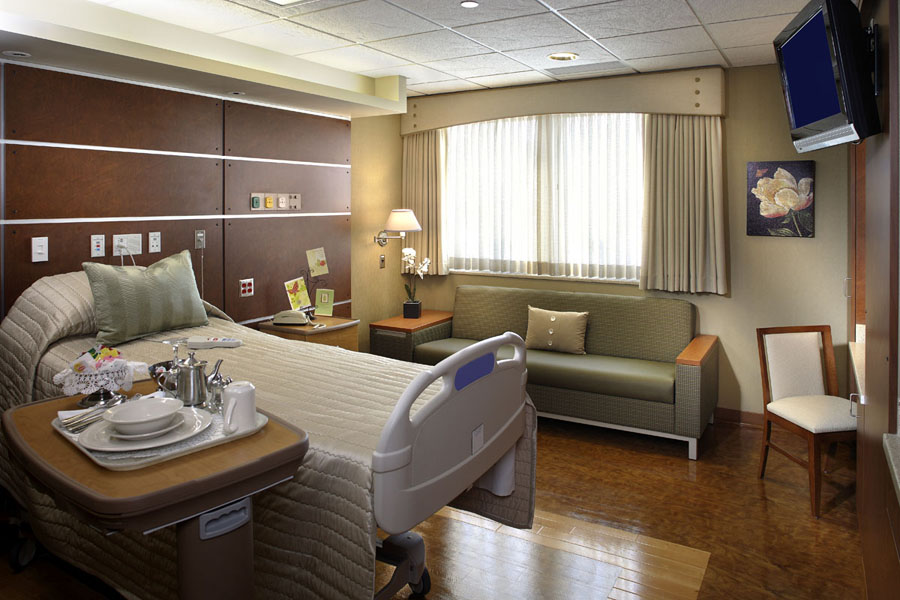
18 May Can a Healthcare Facility Help Patients Find Their Happy Place?
Most of us know what it takes for us to find our proverbial “happy place.” It might be an actual place or a place somewhere in our mind—-either way we feel better when we find ourselves there.
If truth be known, our stress levels probably drop just thinking about going to this special spot, along with our blood pressure readings. What increases is our sense of peace, safety and—–well, happiness. A happy place is where we want to be because we just feel better, whether it’s an actual occurrence or an imaginary one.
Esther Sternberg, M.D., Director of the University of Arizona Institute on Place and Well-Being, explores the question of whether a place can make you happy and well in her TedX talk from 2013. She argues that currently the stress patients are already experiencing—before they arrive at a hospital or clinic—most likely gets amplified once they’re there. Obviously this is the opposite of what should be happening, since stress impedes healing.
True integrative space, however, takes into consideration body, mind, and spirit. An integrative healthcare facility would assure that the patient would be healed on all these levels. This, of course, necessitates addressing the factors that cause stress: too much noise, bright lighting, lack of privacy, industrial colors, no windows, just to name a few. These factors have a negative impact on the Feng Shui of a hospital or clinic space.
In an article published by Healthcare Design Magazine entitled Five Need-to-Know Trends Shaping Healthcare Design, the first three trends address the happy place issue: residential warmth, personalized patient rooms, and perfect proportions (addressing the issue of expanding the room to accommodate larger groups of family members). It seems patients want a positive experience just as much as they want good health care. (The last two trends were infection control and bariatric care.)
Along those lines, in 2015 seminar in Finland entitled Architecture and Empathy which resulted in a paper of the same name, Juhani Pallasmaa, Finnish architect and former professor of architecture and Dean at the Helsinki University of Technology, put forth this succinct statement: “. . . science has established that environments change our brains, and those changes in turn alter our behavior.”
Dr. Sternberg proposes that what’s good for patients is also good for staff—-and that adds up to being good for the bottom line. In her TedX talk, she quotes a study by the Center for Health Design in San Francisco which determined that the extra $12 million that it would take for a hospital to retrofit into a more patient-centered facility could be re-couped in the first year.
Sounds to me like finding our happy place can be the healthcare of the future.
